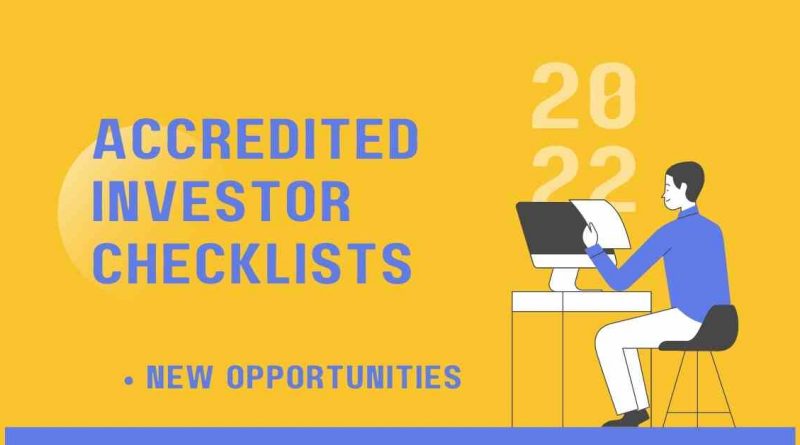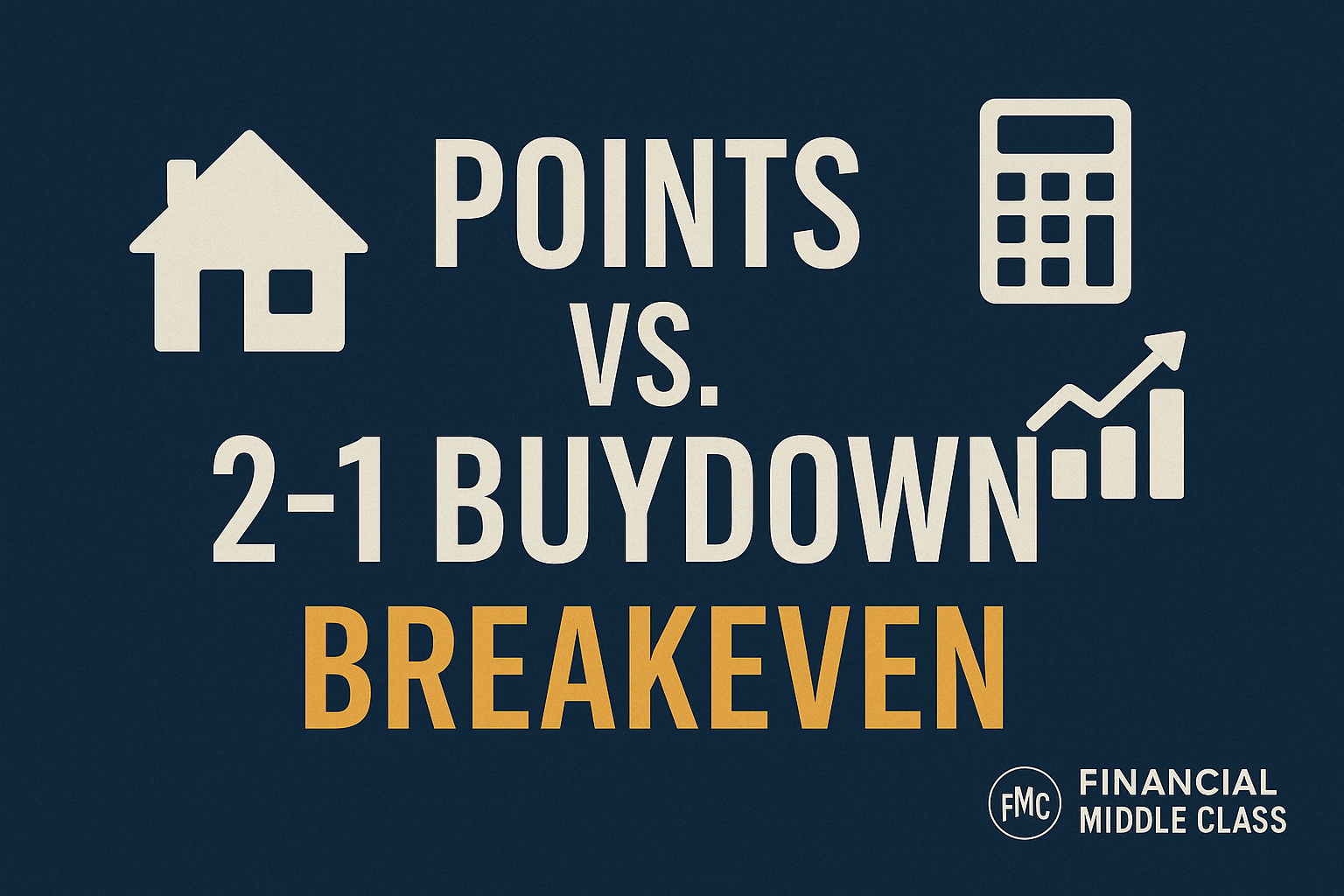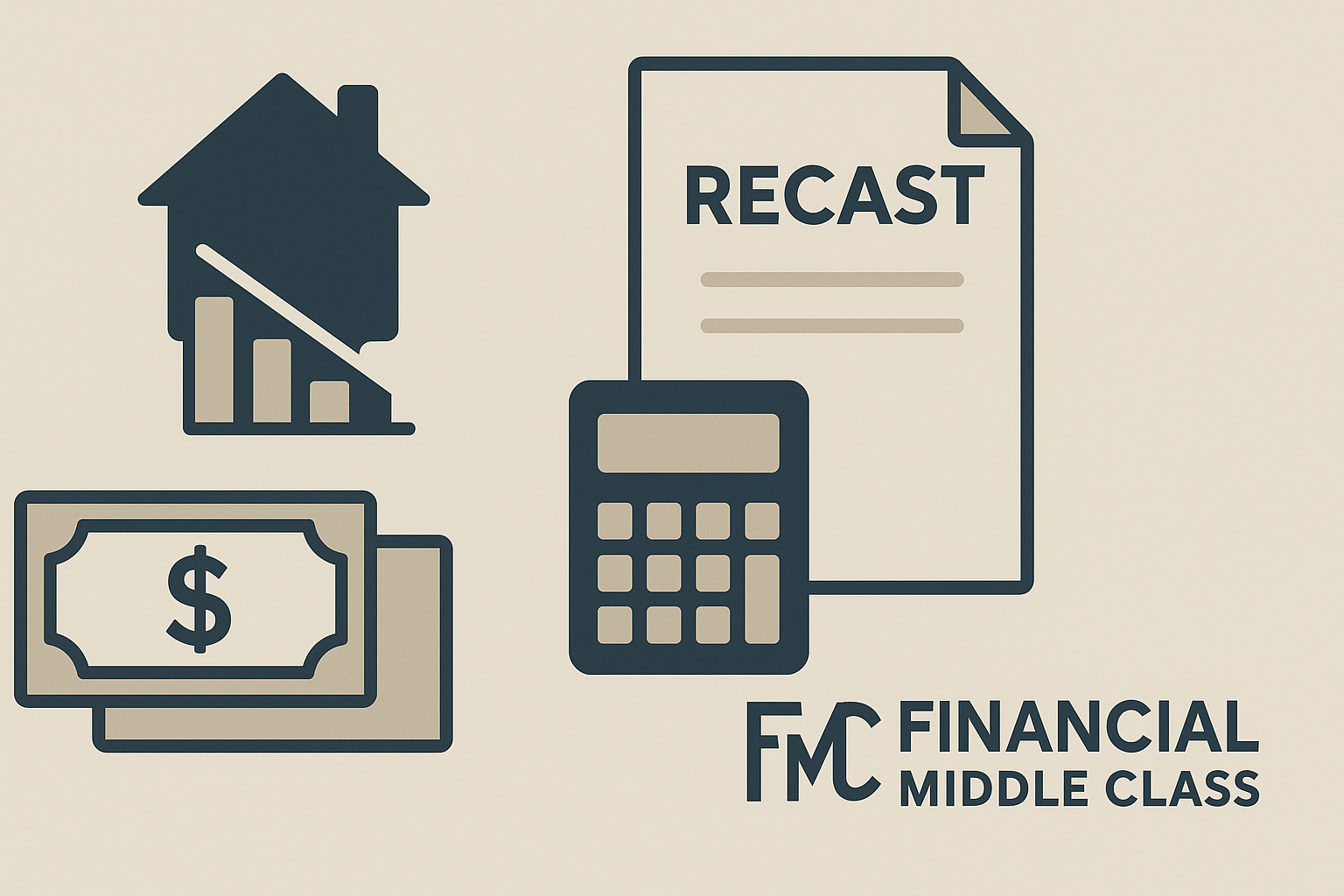
Accredited Investors 101: A Beginner’s Guide
By MacKenzy Pierre
The estimated reading time for this post is 411 seconds
Introduction:
Investing is an excellent way to grow wealth and secure your financial future. However, it can be overwhelming and intimidating, especially for beginners.
Mostly, if you are part of the nouveau riche and meet the requirement to be an accredited investor via your annual income or net worth.
Accredited investing refers to investing in private companies or venture capital funds that are not publicly traded. This type of investing is typically reserved for individuals who meet certain income or net worth requirements, known as accredited investors.
If you’re interested in accredited investing, this beginner’s guide will help you understand the basics and avoid common pitfalls.
Section 1: What is accredited investing?
Accredited investing is a type of investing that involves investing in private companies or venture capital funds that are not publicly traded.
The term “accredited” refers to the fact that the investors must meet certain income or net worth requirements to be eligible to participate in these types of investments.
The Securities and Exchange Commission (SEC) defines an accredited investor as an individual who has:
- A net worth of at least $1 million, excluding the value of their primary residence, OR
- An annual income of at least $200,000 (or $300,000 for married couples) for the past two years and a reasonable expectation of earning the same income in the current year.
Section 2: Why invest in private companies?
Investing in private companies can offer several advantages over investing in publicly traded companies. Some of these advantages include the following:
- Higher potential returns: Private companies are typically in the early stages of growth, which means they have the potential to provide higher returns than established publicly traded companies.
- Diversification: Investing in private companies can diversify your investment portfolio, which can help reduce risk.
- Opportunity to invest in innovative ideas: Private companies are often at the forefront of innovation and can provide the opportunity to invest in ideas and technologies that have the potential to change the world.
Section 3: How to get started with accredited investing?
Before investing in private companies, you must meet the accredited investor requirements.
Once you meet the requirements, you can look for investment opportunities in private companies or venture capital funds. Here are some steps to get started with accredited investing:
Step 1: Determine your investment goals and risk tolerance.
Before investing, you must determine your investment goals and risk tolerance. This will help you identify the types of investments that are right for you.
Step 2: Research private companies or venture capital funds.
Research is vital to finding the right private companies or venture capital funds to invest in. You can start by looking at online platforms that connect accredited investors with private companies, such as AngelList or SeedInvest.
You can also attend investor conferences and networking events to meet with entrepreneurs and other investors.
Step 3: Evaluate the investment opportunity.
Once you have identified a potential investment opportunity, you must evaluate it thoroughly. This includes researching the company’s financials, management team, market opportunity, and competitive landscape.
You should also consider the investment terms, such as the valuation and the potential return on investment.
Step 4: Invest wisely.
Investing in private companies involves a higher degree of risk than investing in publicly traded companies. Therefore, investing wisely and diversifying your portfolio is essential to minimize risk.
You should also consider working with an experienced investment advisor or joining an angel investor group to gain access to more investment opportunities and expertise.
Section 4: Common pitfalls to avoid in accredited investing.
Investing in private companies can be rewarding but comes with several risks. Here are some common pitfalls to avoid in accredited investing:
Pitfall 1: Lack of diversification.
Investing all your money in a single private company or venture capital fund can be risky.
Diversifying your portfolio is essential to reduce the risk of losing all your investments in one company. You should invest in a range of companies or funds in different industries or stages of growth.
Pitfall 2: Overestimating potential returns.
Investing in private companies can provide high potential returns, but it’s important to avoid overestimating the potential returns. Not every investment will be successful, and some may even fail.
Therefore, it’s essential to have realistic expectations and not invest more than you can afford to lose.
Pitfall 3: Lack of due diligence.
Investing in private companies requires extensive research and due diligence. Failing to conduct proper due diligence can lead to investing in companies with poor financials or a clear path to profitability.
It’s essential to research the company’s financials, management team, market opportunity, and competitive landscape before investing.
Lack of due diligence can be a blindspot for the newly minted accredited investors or the nouveau riche, who sometimes become rich due to their concentrated knowledge and expertise. Be conscious and know what you dont know.
Pitfall 4: Not understanding the investment terms.
Investment terms can be complex, and understanding them is essential before investing. Some terms, such as the valuation or liquidation preference, can significantly impact the potential return on investment.
You should consult with an experienced investment advisor or attorney to ensure you understand the investment terms.
Why Accredited Investors Get Better Deals
Reason 1: More experience and knowledge of the financial markets.
One of the main reasons why accredited investors get better deals is that they have more experience and knowledge of the financial markets.
They better understand how to evaluate investment opportunities and are more likely to make informed decisions that result in better returns.
This makes them more attractive to investment managers and companies looking for investors who can provide significant capital.
Reason 2: Access to private placements and alternative investments
Accredited investors also have access to private placements and alternative investments unavailable to non-accredited investors.
Private placements are offerings of securities that are not registered with the SEC, and they are only available to accredited investors.
Private placements can include offerings of equity, debt, or other types of securities. They are typically made by companies looking to raise capital without going through the lengthy and expensive process of registering their securities with the SEC.
Alternative investments, such as hedge funds, private equity, and venture capital funds, often require accredited investors.
These investments typically have higher returns but also come with higher risks. As a result, they are only available to accredited investors with the financial resources and risk tolerance to participate.
These investments are typically unavailable to non-accredited investors because the SEC has determined they require higher financial sophistication and risk tolerance.
Reason 3: Better terms with investment managers and companies
Accredited investors get better deals by negotiating better terms with investment managers and companies. Accredited investors can negotiate lower fees, better terms, and greater control over their investments because they are considered more valuable.
Investment managers and companies are more likely to listen to accredited investors’ demands because they know that these investors have the financial resources to make significant contributions to their funds or projects.
Additionally, accredited investors have a more comprehensive range of investment options available to them, including access to private equity and venture capital deals.
Private equity deals often involve investing in a private company that is not publicly traded to sell the company later for a profit.
On the other hand, venture capital deals typically involve investing in a startup company in its early stages of development. Both types of investments can provide significant returns but also have higher risks than traditional investments.
Furthermore, accredited investors can access hedge funds, typically only available to institutional investors and high-net-worth individuals.
Hedge funds use complex investment strategies to generate returns, including short selling, derivatives, and leverage. These strategies can provide significant returns but also come with high risks. As a result, they are only available to accredited investors with the financial resources and risk tolerance to participate.
Conclusion:
Accredited investing can be rewarding for growing wealth and securing your financial future. However, it’s essential to understand the basics and avoid common pitfalls before investing in private companies or venture capital funds.
Following the steps outlined in this guide and conducting thorough due diligence, you can make informed investment decisions and minimize risk. Remember to invest wisely and diversify your portfolio to reduce the risk of losing all your investments in one company.
Senior Accounting & Finance Professional|Lifehacker|Amateur Oenophile
RELATED ARTICLES
Points, Buy-Downs, and Breakeven: Stop Lighting Money on Fire
The estimated reading time for this post is 402 seconds Reality Check: The Payment You Can Breathe With You don’t need another “rate hack.” You need a mortgage payment that lets you sleep. Too many of us are getting pitched...
Mortgage Recast: The Low-Cost Way to Shrink Your Payment Without Refinancing
The estimated reading time for this post is 597 seconds Reality Check You sold the old house but the new one closed first. Now you’re sitting on a chunk of cash and a monthly payment that makes your stomach clench...
Leave Comment
Cancel reply

Points, Buy-Downs, and Breakeven: Stop Lighting Money on Fire

Mortgage Recast: The Low-Cost Way to Shrink Your Payment Without Refinancing

🏠 The House That Built (and Broke) the Middle Class: How Much Home Should Americans Really Buy
Gig Economy
American Middle Class / Oct 26, 2025
Points, Buy-Downs, and Breakeven: Stop Lighting Money on Fire
The estimated reading time for this post is 402 seconds Reality Check: The Payment You Can Breathe With You don’t need another “rate hack.” You need...
By Article Posted by Staff Contributor
American Middle Class / Oct 26, 2025
Mortgage Recast: The Low-Cost Way to Shrink Your Payment Without Refinancing
The estimated reading time for this post is 597 seconds Reality Check You sold the old house but the new one closed first. Now you’re sitting...
By Article Posted by Staff Contributor
American Middle Class / Oct 24, 2025
🏠 The House That Built (and Broke) the Middle Class: How Much Home Should Americans Really Buy
The estimated reading time for this post is 418 seconds You can tell a lot about someone’s economic standing by their mortgage application. The size of...
By MacKenzy Pierre
American Middle Class / Oct 24, 2025
How to Fight Financial Fraud (Without Losing Your Sanity—or Your Savings)
The estimated reading time for this post is 561 seconds Reality Check You don’t wake up planning to get scammed. No one does. It starts with...
By Article Posted by Staff Contributor
American Middle Class / Oct 24, 2025
Property Tax Shock: How to Appeal Your Assessment (and Actually Win)
The estimated reading time for this post is 425 seconds If your property tax bill jumped like it found a pre-workout, don’t just grumble—appeal it. Assessments...
By Article Posted by Staff Contributor
American Middle Class / Oct 24, 2025
HELOC vs. Cash-Out Refi: Which One Actually Lowers Your Risk?
The estimated reading time for this post is 424 seconds The Fast Answer (Start Here) If your current first-mortgage rate is meaningfully lower than today’s, keep...
By Article Posted by Staff Contributor
American Middle Class / Oct 22, 2025
The Middle-Class Town in All 50 States (2025 Edition)
The estimated reading time for this post is 277 seconds Middle-class life looks different in every corner of America. In some states, it’s a tidy three-bed...
By Article Posted by Staff Contributor
American Middle Class / Oct 21, 2025
America’s Repo Crisis: What Soaring Car Repossessions Reveal About the Middle-Class Squeeze
The estimated reading time for this post is 322 seconds For many Americans, owning a car was long a pillar of middle-class stability. That’s shifting. Monthly...
By Article Posted by Staff Contributor
American Middle Class / Oct 18, 2025
The Equity Mirage: Why a $17.5 Trillion Cushion Doesn’t Mean You Should Strip Your House for Cash
The estimated reading time for this post is 592 seconds Mortgage rates barely slipped—call it three-quarters of a point from recent highs—and yet homeowners rushed to...
By FMC Editorial Team
American Middle Class / Oct 18, 2025
The Top 15 States Seeing the Biggest Equity Gains—Then vs. Now
The estimated reading time for this post is 576 seconds A handful of states—mostly in the Northeast and Midwest—are posting the strongest house-price gains right now....
By FMC Editorial Team
Latest Reviews
American Middle Class / Oct 26, 2025
Points, Buy-Downs, and Breakeven: Stop Lighting Money on Fire
The estimated reading time for this post is 402 seconds Reality Check: The Payment You...
American Middle Class / Oct 26, 2025
Mortgage Recast: The Low-Cost Way to Shrink Your Payment Without Refinancing
The estimated reading time for this post is 597 seconds Reality Check You sold the...
American Middle Class / Oct 24, 2025
🏠 The House That Built (and Broke) the Middle Class: How Much Home Should Americans Really Buy
The estimated reading time for this post is 418 seconds You can tell a lot...



